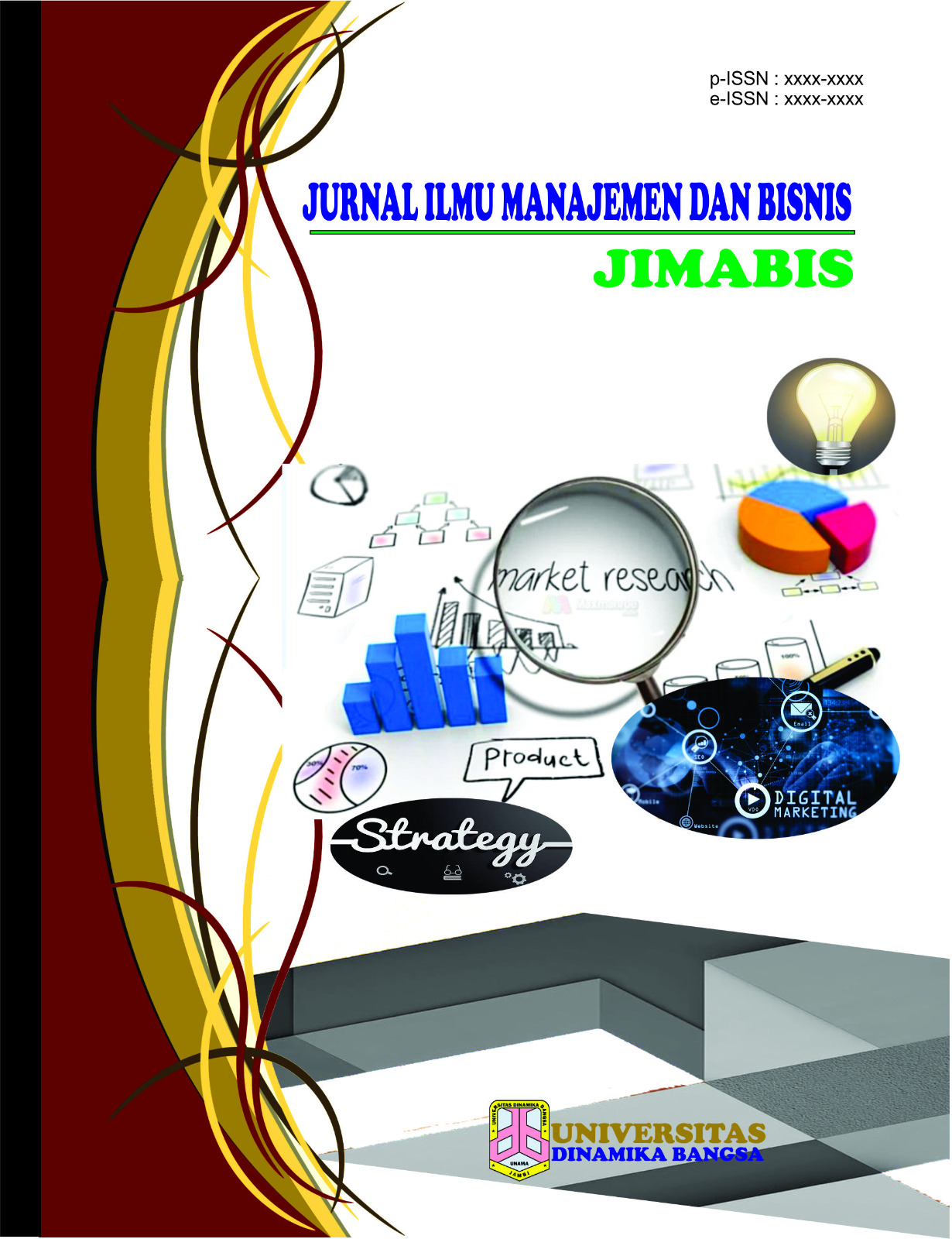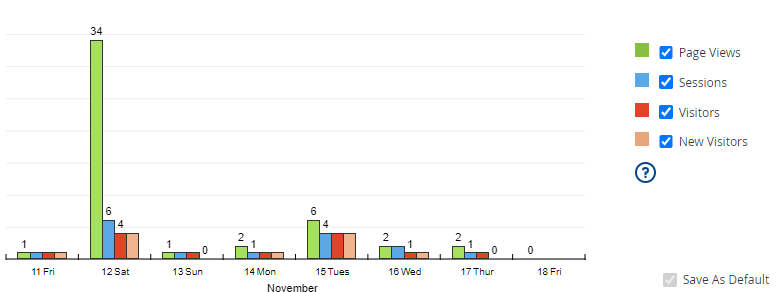Komparasi Metode Naive Bayes dan K-Nearest Neighbors Terhadap Analisis Sentimen Pengguna Aplikasi Zenius
DOI:
https://doi.org/10.33998/processor.2024.19.1.1596Keywords:
Naïve Bayes, K-Nearest Neighbors, Sentiment Analysis, Zenius, Performance EvaluationAbstract
The purpose of this research is to compare the performance of Naive Bayes and K-Nearest Neighbor (KNN) methods in analyzing user sentiment on the Zenius application. The evaluation is done by checking the precision, precision, recall, and F1-Score scores of both methods as well as visualizing the results of sentiment analysis with one of the methods used. The advantage of this research is a deeper understanding of how Naive Bayes and KNN techniques work in sentiment analysis in the context of the Zenius app. Furthermore, this research aims to evaluate the performance results of two techniques, Naive Bayes and KNN, in sentiment analysis. From the results of testing split data scenarios using Split Validation with training data and testing data 90:10. Naive Bayes accuracy reached 88.41%, while KNN reached 100%. In this study, KNN outperformed Naive Bayes in terms of precision, recall, and F1-Score values. The results of data visualization show that the direction of the sentiment generated tends to be positive. This study not only provides a deeper understanding of the performance of Naive Bayes and KNN techniques in sentiment analysis for the Zenius application, but also provides a comprehensive evaluation of their performance. This research is expected to serve as a guide for developing more effective sentiment analysis methods for similar applications in the future.
Downloads
References
H. Wahyono, “Pemanfaatan teknologi informasi dalam penilaian hasil belajar pada generasi milenial di era revolusi industri 4 . 0,” Proceeding Biol. Educ., vol. 3, no. 1, pp. 192–201, 2019.
D. Surani, “STUDI LITERATUR : PERAN TEKNOLOGi PENDIDIKAN,” vol. 2, no. 1, pp. 456–469, 2019.
N. L. U. Chusna, “Pembelajaran E-Learning,” Pros. Semin. Nas. Pendidik. KALUNI, vol. 2, pp. 113–117, 2019, doi: 10.30998/prokaluni.v2i0.36.
W. Hartanto, “Penggunaan E-Learning sebagai Media Pembelajaran,” J. Pendidik. Ekon., vol. 10, no. 1, pp. 1–18, 2016.
F. Zamachsari, G. V. Saragih, Susafa’ati, and W. Gata, “Analisis Sentimen Pemindahan Ibu Kota Negara dengan Feature Selection Algoritma Naive Bayes dan Support Vector Machine,” J. Rekayasa Sist. dan Teknol. Inf., vol. 4, no. 3, pp. 504–512, 2020.
D. Sartika and D. I. Sensuse, “Perbandingan Algoritma Klasifikasi Naive Bayes, Nearest Neighbour, dan Decision Tree pada Studi Kasus Pengambilan Keputusan Pemilihan Pola Pakaian,” Jatisi, vol. 1, no. 2, pp. 151–161, 2017.
S. Widianingsih, “PERBANDINGAN METODE DATA MINING UNTUK PREDIKSI NILAI DAN WAKTU KELULUSAN MAHASISWA PRODI TEKNIK INFORMATIKA DENGAN ALGORITMA C4.5, NAIVE BAYES, KNN, DAN SVM,” vol. 13, no. 1, pp. 16–25, 2019.
A. D. A. Putra and S. Juanita, “Analisis Sentimen pada Ulasan pengguna Aplikasi Bibit Dan Bareksa dengan Algoritma KNN,” JATISI (Jurnal Tek. Inform. dan Sist. Informasi), vol. 8, no. 2, pp. 636–646, 2021, doi: 10.35957/jatisi.v8i2.962.
B. Gunawan, H. S. Pratiwi, and E. E. Pratama, “Sistem Analisis Sentimen pada Ulasan Produk Menggunakan Metode Naive Bayes,” J. Edukasi dan Penelit. Inform., vol. 4, no. 2, p. 113, 2018, doi: 10.26418/jp.v4i2.27526.
L. D. Utami, “Komparasi Algoritma Klasifikasi Text Mining Pada Review Restoran,” vol. 14, no. 2, pp. 169–174,2020.
A. Josi et al., “PENERAPAN TEKNIK WEB SCRAPING PADA MESIN PENCARI ARTIKEL ILMIAH”.
F. S. Jumeilah, “Penerapan Support Vector Machine (SVM) Untuk Pengkategorian Penelitian,” vol. 1, no. 1, pp. 19–25, 2017.
M. Z. Naf’an, A. Burhanuddin, and A. Riyani, “Penerapan Cosine Similarity dan Pembobotan TF-IDF untuk Mendeteksi Kemiripan Dokumen,” J. Linguist. Komputasional, vol. 2, no. 1, pp. 23–27, 2019.
W. Yulita, E. D. Nugroho, and M. H. Algifari, “Analisis Sentimen Terhadap Opini Masyarakat Tentang Vaksin Covid - 19 Menggunakan Algoritma Naïve Bayes Classifier,” vol. 2, no. 2, pp. 1–9, 2021.
R. Sari, “ANALISIS SENTIMEN PADA REVIEW OBJEK WISATA DUNIA FANTASI MENGGUNAKAN ALGORITMA K-NEAREST NEIGHBORS (K-NN),” EVOLUSI J. Sains dan Manaj., 2020, doi: 10.31294/evolusi.v8i1.7371.
D. Musfiroh, U. Khaira, P. E. P. Utomo, and T. Suratno, “Analisis Sentimen terhadap Perkuliahan Daring di Indonesia dari Twitter Dataset Menggunakan InSet Lexicon,” MALCOM Indones. J. Mach. Learn. Comput. Sci., vol. 1, no. 1, pp. 24–33, 2021, doi: 10.57152/malcom.v1i1.20.
P. Claudia, S. Gulo, P. Studi, S. Informasi, J. Teknik, and E. Dan, “ANALISIS SENTIMEN KULIAH ONLINE SELAMA PANDEMI COVID-19 MENGGUNAKAN,” 2021.























